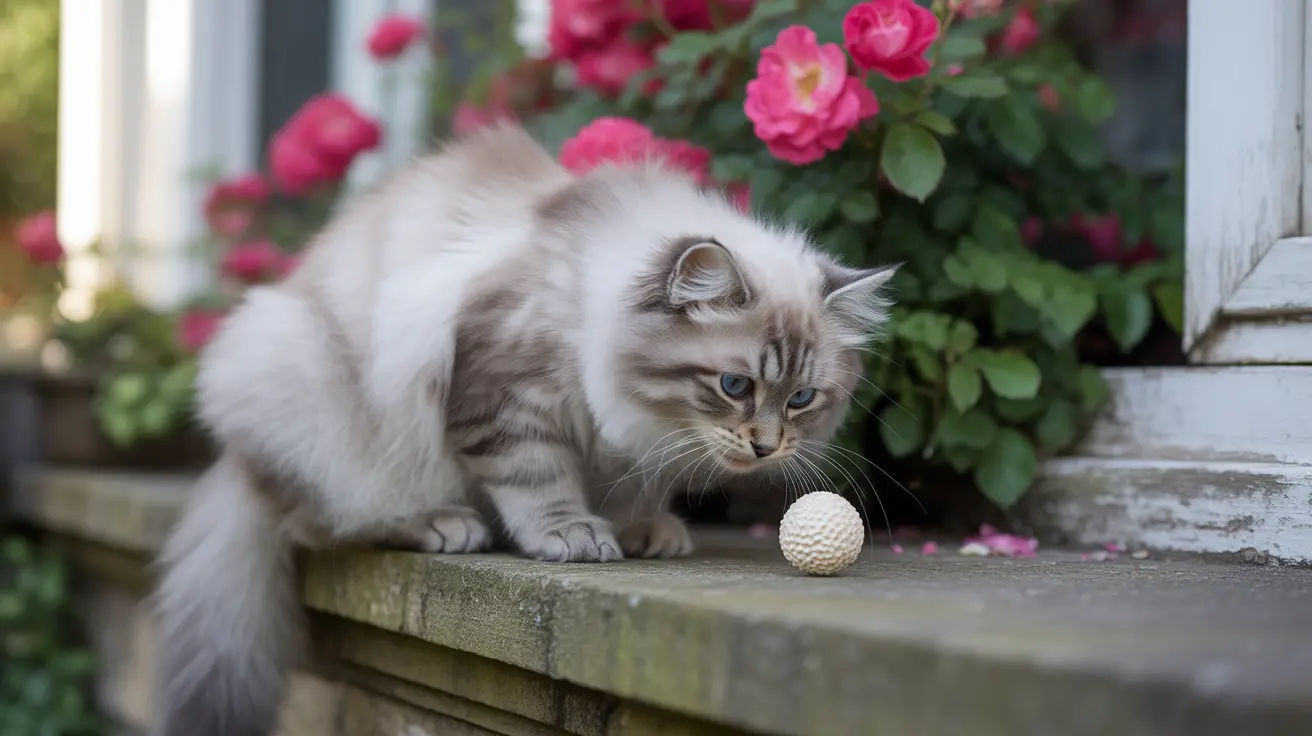Understanding Mothballs and Their Intended Purpose
Mothballs are solid pesticide products containing either naphthalene or paradichlorobenzene. These chemicals are designed specifically to protect stored clothing from moth damage in sealed containers. As mothballs slowly transform from solid to gas, they release toxic vapors that kill moths and their larvae.
While their strong smell might seem like an effective deterrent for cats, this is not their intended use, and using them this way can be both dangerous and illegal.
The Truth About Mothballs as Cat Deterrents
Despite popular belief, mothballs are not a reliable solution for keeping cats away. While cats may initially avoid the strong scent, many quickly become desensitized or simply find alternative paths to their destination. The temporary deterrent effect is far outweighed by the serious risks these products pose.
Health Risks and Environmental Impact
Mothballs present severe dangers to cats, other pets, wildlife, and humans. Even small exposures can lead to serious health complications:
- Severe vomiting and gastrointestinal distress
- Liver and kidney damage
- Respiratory problems
- Neurological symptoms including seizures
- Potential death from ingestion
Environmental impacts are equally concerning. Mothballs can:
- Contaminate soil and groundwater
- Kill beneficial garden insects and wildlife
- Create toxic vapor clouds that persist in the environment
- Leave harmful residues that may affect future plant growth
Safe and Effective Alternatives for Deterring Cats
Instead of risking harm with mothballs, consider these proven, safe alternatives:
Physical Deterrents
- Motion-activated sprinklers
- Ultrasonic devices
- Physical barriers like netting or fencing
Natural Repellents
- Citrus peels and sprays
- Coffee grounds
- Commercial pet-safe deterrent sprays
- Cat-repelling plants like Coleus canina
These alternatives offer effective deterrence without the risks associated with toxic chemicals.
Frequently Asked Questions
Do mothballs effectively keep cats away from gardens or yards?
While mothballs may initially deter some cats due to their strong smell, they are not consistently effective as cat repellents. Most cats either ignore the scent or quickly become accustomed to it, making mothballs an unreliable deterrent method.
Why are mothballs toxic and dangerous for cats and other pets?
Mothballs contain highly toxic pesticides (naphthalene or paradichlorobenzene) that can cause severe poisoning through ingestion, inhalation, or skin contact. These chemicals can lead to liver damage, kidney failure, and even death in pets.
What symptoms should I watch for if my cat is exposed to mothballs?
Watch for vomiting, lethargy, difficulty breathing, tremors, seizures, or unusual behavior. If you suspect mothball exposure, seek immediate veterinary care, as even minor exposure can be dangerous.
Are there safe and humane alternatives to mothballs for deterring cats?
Yes, numerous safe alternatives exist, including motion-activated sprinklers, ultrasonic devices, and natural repellents like citrus peels or commercial pet-safe sprays. These methods effectively deter cats without posing health risks.
Is it legal and environmentally safe to use mothballs outdoors to repel cats?
No, using mothballs outdoors as animal repellents is illegal in many areas and violates EPA regulations. They pose significant environmental risks, contaminating soil and water while threatening wildlife and human health.
Conclusion
While the desire to keep unwanted cats out of your space is understandable, mothballs are neither a safe nor effective solution. The risks to pets, people, and the environment far outweigh any temporary deterrent effect. Instead, opt for one of the many safe, humane alternatives available to protect your property while keeping all creatures safe from harm.






